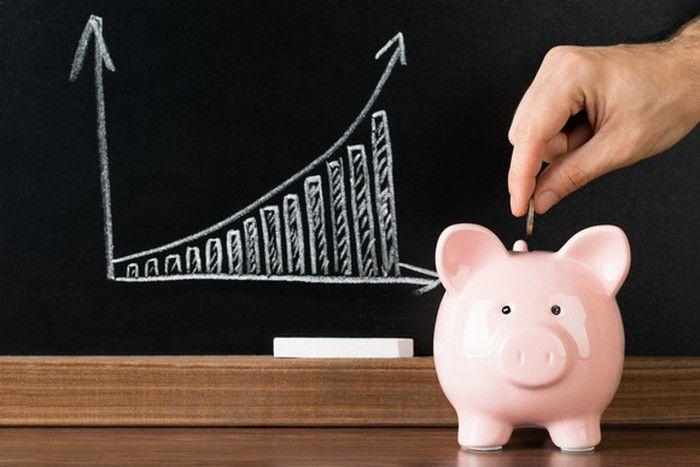
It’s hardly a secret that inflation has been battering consumers for well over a year now. And it could be quite some time before living costs start to come down to more moderate levels.
In light of that, it may be time to reassess your budget and spending, and to consider cutting back on certain non-essential expenses, whether it’s the streaming service you only watch on occasion or the gym membership you can really do without. But it may also be time to reevaluate your emergency fund.
Does your emergency fund still cut it?
As a general rule, it’s important to have enough money in your savings account to cover at least three months of essential expenses. That way, if you were to lose your job, you wouldn’t immediately need to resort to credit card debt to cover your bills while you look for work.
Now, you might be sitting there thinking, “Hooray, I’m in great shape, because my savings are loaded up enough to cover three months of bills.” But in that case, you need to ask yourself when you last calculated your emergency fund.
If it was a year ago, the cost of covering your bills might be higher now. And that could mean that your emergency fund doesn’t quite cut it after all.
So, let’s say you last calculated your emergency fund needs at the start of 2022. It could be that back then, between your rent, car payments, food costs, and other essential expenses, you were spending $3,000 a month on bills. So you might think you’re in great shape if you have $9,000 in savings.
But remember, living costs are up these days compared to a year ago. In January, inflation was up 6.4% on an annual basis as per that month’s Consumer Price Index. And grocery costs alone were up 11.3%.
Now, let’s go back to that $3,000 a month in bills. Perhaps these days, you’re really spending more like $3,200 a month due to inflation. In that case, you’d actually need $9,600 in the bank to cover a full three months’ worth of bills.
To be clear, if you have $9,000 in that scenario, you’re still in great shape — especially considering that many Americans have no money in savings at all. But once you re-run those numbers, it might prompt you to push yourself to save another $600 so you truly have the protection you want and need.
Keep assessing your expenses
You don’t necessarily have to recalculate your bills for emergency fund purposes every month. But it is a good idea to reassess your spending at the start of each year and see what your monthly bills look like.
You may end up having to boost your emergency fund modestly to ensure that you can really cover three full months’ worth of costs. But it’s an effort worth making — and one that might really come in handy if you were to actually lose your job.
























